Dilemmas of architectural public life
DOI:
https://doi.org/10.35305/23626097v6i10.206Keywords:
architecture, society, project, public condition, urban spaceAbstract
Speaking about a public dimension of architecture implies leading architecture to the scale of the city, in this dimension social processes are linked to the creative strategies of the project. These social processes have been restructured in relation to the period in which many paradigms of urban planning and architecture project resources were constructed. Currently, the conceptual shifts from public space to landscape, from planning based on formal to processual rationality, and from networks to circulation as a hegemonic function, describe the reconfiguration of practices and modalities in which architecture is situated in the public sphere.
This paper analyses how these displacements affect the urban spaces architecture. How some practices of architecture interact with this context and tends to the reformulation in the collective experience. It is about recognizing the conditions in which the architectural work is inscribed in the design of the links between people, their activities and the spaces they inhabit. A practice that has sometimes been forgotten in contemporary metropolitan life, but still keeps all its creative potential, the one that characterizes the links and social realizations that need space for their deployment.
Downloads
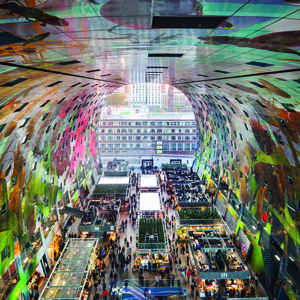
Downloads
Published
How to Cite
Issue
Section
License
Open access policy
A&P Continuidad is a non-profit and open access publication. According to Mexico Declaration on Cultural Policies, the journal distribution is submitted to Creative Commons Attribution-Noncommercial-ShareAlike 4.0 International Public License (CC BY-NC-SA). “Neither the commercial use of the original work nor that of the possible derivative works are allowed. The distribution of derivative works should be submitted to the license regulating the original work. This license is not free.”
A&P Continuidad authorizes the partial or full reproduction of texts and graphs provided that the source is cited. Authors are exclusively responsible for the criteria expressed in the articles which do not necessarily reflect the opinion of the Editorial Committee or that of the Direction Board. The copyright of the published articles pertains to their authors or publishers.
Transfer of rights
The acceptance of an article to be published implies the author’s transfer of rights to the journal. Authors continue to have the right to use the material in future books or publications, approve or veto the republication of their works as well as the rights related to patents or other rights. Transfer of rights form may be downloaded here.



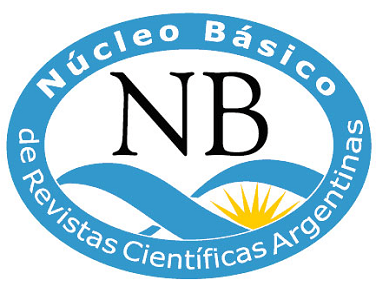







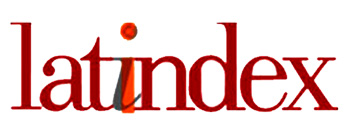
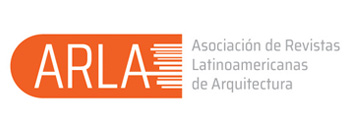




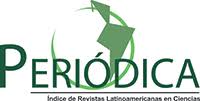








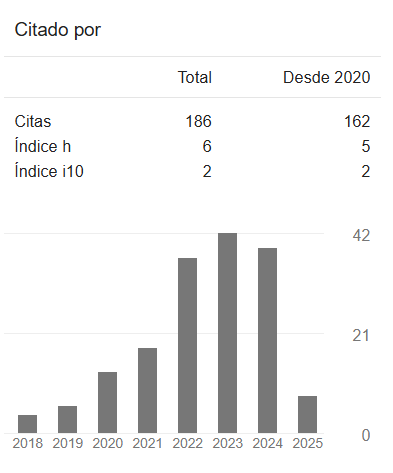


 This OJS site and its metadata are under a
This OJS site and its metadata are under a 

